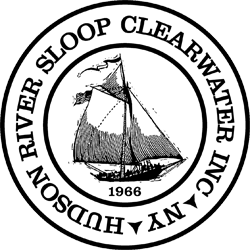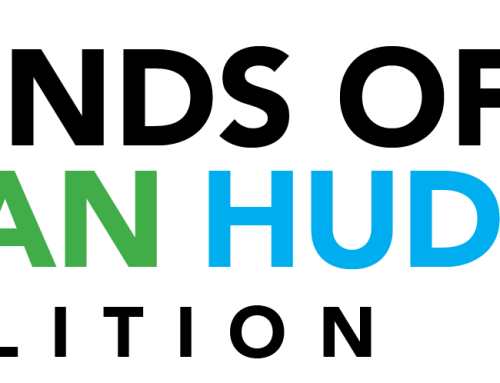Groups call for uniform public warning system for both planned and accidental overflows
Ossining, NY—October 20, 2010 – Riverkeeper, Hudson River Sloop Clearwater and citizens of Yonkers, NY have been investigating an ongoing sewage discharge that has been pouring into the Saw Mill River (about a quarter mile from where it flows into the Hudson) since Wednesday, October 13.
According to New York State Department of Environmental Conservation, a sewage main break in Tarrytown is responsible for causing the overflow, which has still not been reported to the public. The area near where the sewage is flowing is a popular spot for kayaking, sailing and fishing.
Riverkeeper’s water quality testing results from the outfall indicated extremely high levels of the sewage-indicating bacteria Enterococcus. The EPA federal guidelines for fresh water to be safe for human contact is a single water sample with an Enterococcus count no higher than 61 per 100ml. The water samples taken on October 13 hit the upper limit of the testing system at 24,196 per 100ml, four hundred times the acceptable level.
Local and State agencies were aware of the ongoing sewage release and yet the public was not informed. Sewage contamination of our waterways is a known public health threat.
This same month two years ago, Westchester County issued an advisory about a planned discharge of approximately 2 million gallons of sewage to repair a valve at the Yonkers station. The advisory was well broadcast and the public took notice. Riverkeeper sampled the water the day before that release, day of, and day after. The Entercoccus count on the day of the release was 110 per 100ml., above the EPA federal guideline for salt water (104 per 100ml.) but nowhere near as high as the contamination levels at this unannounced, but widely known, accidental release.
Planned or accidental, contact with untreated human waste poses the same threat of exposure to disease including E-coli, Hepatitis, Salmonella and Legionella. This is why Riverkeeper is calling on county officials to warn the public every time either a known or accidental release occurs. To let a sewage discharge into a public waterway go unreported is simply unethical. Ignorance is not bliss when the health of the public and river ecology are at risk.
At the time of this release (October 20th), the sewage is still flowing into the Saw Mill River. The leak has been estimated at approximately 4.4 million gallons. ###

